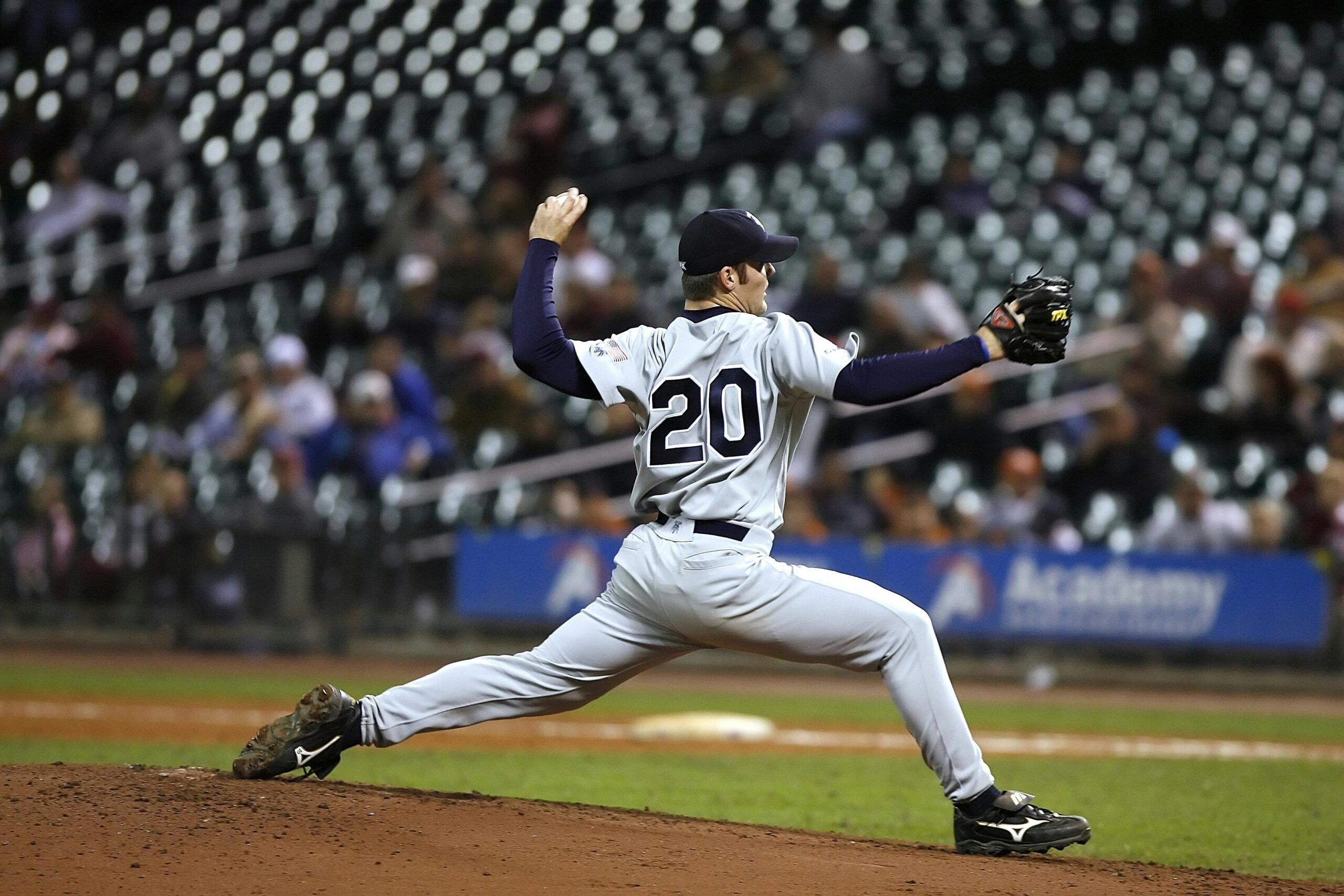Baseball, often referred to as America’s pastime, extends beyond the diamond fields, echoing the rhythms of life: patience, timing, and the beauty of a fleeting moment. In its deceptive simplicity, baseball is rich with subtleties and strategies that are often unnoticed by the casual observer. This is a sport of anticipations, where every pitch, swing, and catch weaves into an elaborate dance of tactics and skill. But what truly elevates baseball is its rich history and connection to cultural evolution, standing firm as a testament to collective memory and tradition.
The allure of baseball is frequently described through its unique pacing. Unlike the frenzied tempo of many modern sports, baseball offers a leisurely pace, which in its unhurried duration, encapsulates moments of intense excitement, drama, and suspense. This inherently makes baseball endearing to those who appreciate a sport that celebrates the embers of anticipation. Every inning narrates its own story, with plots and subplots that make each game, each pitch, a unique experience worthy of storytelling.

Baseball owes much of its identity to its statistical profundity. The sport is often dubbed a paradise for statisticians, as numbers hold an undeniable significance in understanding the game. A .300 batting average, historically known as the hallmark of offensive excellence, tells more than just hits; it speaks of consistency and reliability. On-base percentages, slugging percentages, and ERA (earned run average) are more than numbers; they are measures of capability, strategy, and endurance. Analytic-minded fans find joy in dissecting these figures, painting a picture that blends science with art.
However, baseball is also reflective of human imperfection, where uncertainty and unpredictability reign over the course of a season. No other sport relies so heavily on the squad’s depth. A hallmark of baseball is the concept of “next man up,” filling in seamlessly when unexpected injuries or slumps happen. Teams that cultivate a culture of resilience often exhibit sustained success. Such examples are the dynastic teams, like the New York Yankees of the late 1990s or the more recent San Francisco Giants, who excelled through adaptability and teamwork.
The heart of baseball lies in its players — the embodiments of dedication and talent. The legends of the field, from Babe Ruth to Hank Aaron, Jackie Robinson to Ichiro Suzuki, have not only excelled in their craft but have also served as avatars of unity and change. Jackie Robinson’s courageous breaking of baseball’s color barrier in 1947, for example, was a monumental step in America’s broader civil rights movement. His strength and dignity in the face of adversity transcend statistics; his legacy resonates as an enduring fight for equality.
In examining modern baseball, technology’s influence cannot be understated. Video analysis, biomechanical assessments, and advanced data analytics have ushered in an era of “Moneyball,” an analytical approach revolutionized by the Oakland Athletics in the early 2000s. This new era of metrics has shifted focus from traditional scouting to an evidence-based evaluation, maximizing value on a budget by identifying undervalued talents. While purists argue this might detract from baseball’s romantic figure, the integration of technology only highlights the sport’s adaptability and growth.
Even though baseball’s characteristics remain deeply rooted in tradition, there have been significant evolutions over the years. The designated hitter rule, implemented in the American League in 1973, changed the dynamics of how teams approach the game. This alteration brought additional excitement for fans and largely increased offensive outputs, showing baseball’s flexible nature—its capacity to balance respect for its foundational principles while experimenting with modern twists.
An analysis of baseball would be incomplete without considering its strong cultural narrative. The ballpark experience itself is a testament to baseball’s legacy. There’s an almost ritualistic feel in the air when stepping into a stadium. The smell of popcorn and hotdogs, the chatter of eager fans, the meticulous grooming of the diamond—all these create an atmosphere of familiarity and nostalgia. This is where traditions are passed down through generations — fathers bring their sons, and mothers their daughters, recreating timeless bonds forged under stadium lights.
Baseball is a sport of stories. It thrives on the lore of historic comebacks and agonizing defeats. It’s filled with iconic moments—the shot heard ’round the world, the exhilarating drama of World Series Game Sevens, and the ethereal grandeur of perfect games. These are tales told and retold around dinner tables and in car rides home, rare instances where time seems to slow, and magic is carved into memory.
Baseball, even beyond its confines, has profoundly shaped music, film, and literature. Think of the haunting nostalgia of “Take Me Out to the Ballgame” or the mesmerizing charm of movies like “Field of Dreams” and “The Natural.” Literature, too, has captured baseball’s significance, immortalized in texts like Bernard Malamud’s “The Natural” and W.P. Kinsella’s “Shoeless Joe.” These cultural depictions convey baseball’s role not just as a sport but as a vessel of dreams and inspiration, touching lives beyond mere physicality.
For young aspirants, baseball stands as a gateway to dreams, perhaps more so than any other sport. It teaches patience, discipline, and teamwork—qualities essential not only to becoming an accomplished player but also beneficial in kaaleidoscope of life. Youngsters stepping onto the batter’s box dream of reaching MLB’s glory, drawing inspiration from those who have trodden this path. Amidst intense competition and challenges, baseball’s pathways offer lessons on perseverance and fortitude, forging character beyond accolades.
As baseball continues to evolve, it serves as a reminder of continuity—the common thread linking past to present, player to fan. In adherence to tradition and embracement of change, baseball captures the imagination, shaping individual lives and societal landscapes. It remains wonderfully complex yet profoundly simple—a sport to be loved, argued over, and cherished.
Beyond wins and losses, baseball endures. It grows roots in communities, creates legends from ordinary men, and renews itself with each crack of the bat and clap of a glove. At its heart, baseball is a state of mind, a narrative of life’s ebb and flow, patiently waiting for its next thrilling chapter.
So grab your mitt, feel the fresh glove leather in your hand, and listen to the faint cadence of the announcer in your ear. In this sport full of dreams, time stands still, and every fan knows — there’s always another day, another inning, another moment just unfolding.

Remember, life is like baseball—full of possibilities.
Share this post with your friends and family!